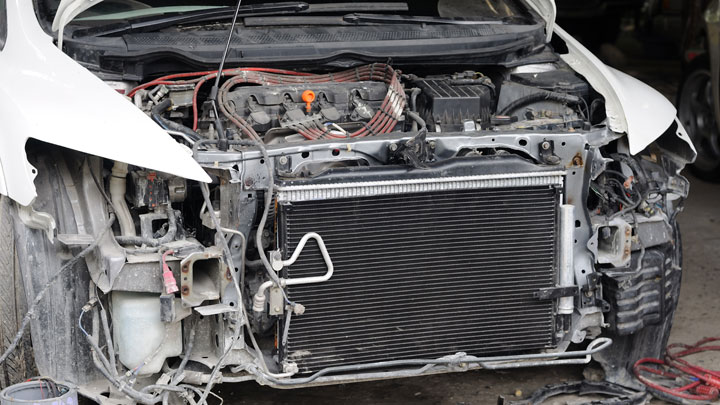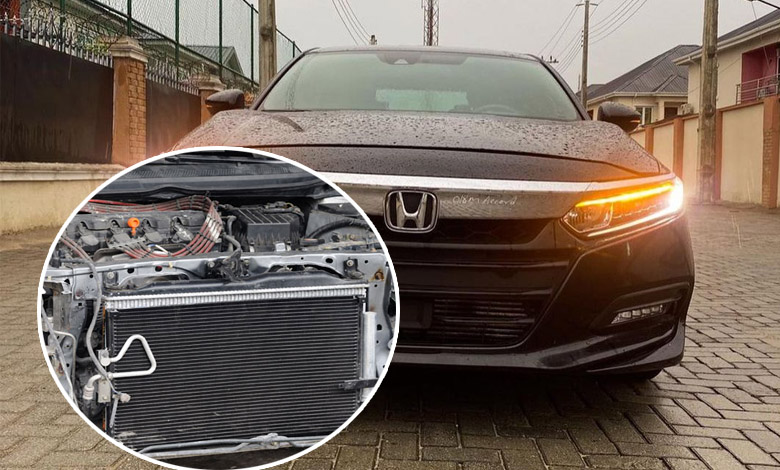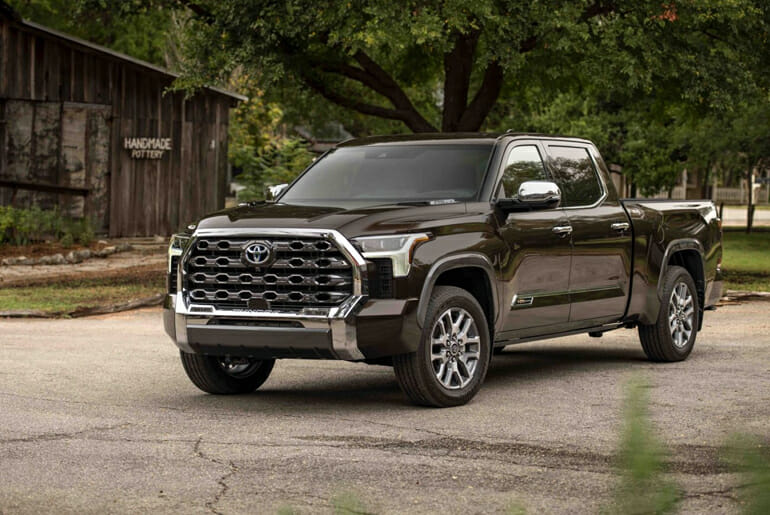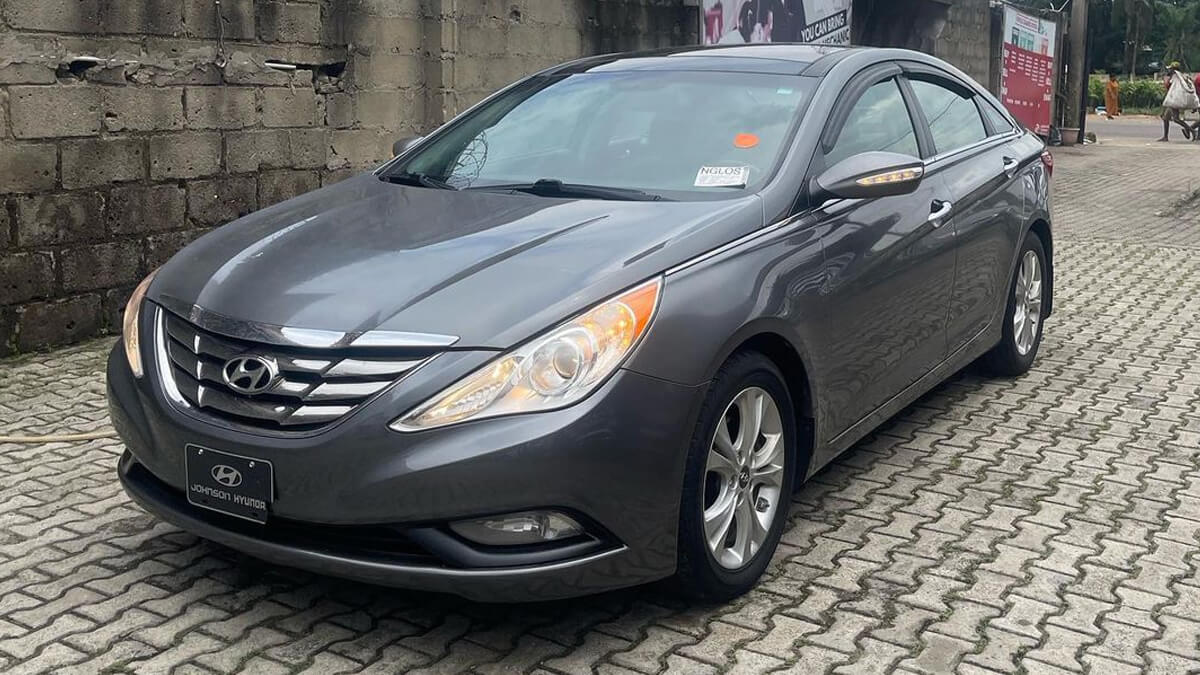Coolant is just as important as oil when it comes to car maintenance. But so is where the coolant resides, the radiator. Compared to other car parts like timing belts, brake pads, and clutches, a car’s radiator lives longer. But nothing on or in the vehicle lasts forever, not even the radiator.
Table of Contents
Knowing this helps you understand that it gets to a point when you will need to change your car’s radiator. But, how do you know it’s time to do that?
Air-cooling vs. Liquid-cooling
Some cars are air-cooled, rather than liquid-cooled in the past. Some motorcycles for instance still rely on a mix of air- and oil-cooling. But, while air-cooling is maintenance-free and lightweight, it’s less useful for larger engines, especially in traffic.
Plus, if the engine heats up too much, it loses performance. And while you can increase the fuel-to-air ratio to cool the engine somewhat, that creates more emissions. Today every car, and many motorcycles, rely on liquid cooling. And that means using a radiator.
How Does the Car’s Radiator Work?

Unless you drive an EV, your car’s grille is more than just a styling feature. It’s also what allows incoming air to contact the radiator and prevent your engine from overheating. However, it’s not just the air coming in that cools it down, but the air blowing out.
A car radiator looks similar to home-installed radiators. It’s made of metal, with loops for the coolant to travel through, as well as thin external fins. There’s also at least one fan behind the radiator. Air-cooled engines also have these fins, but in liquid-cooled engines, coolant bolsters their cooling power.
As you drive, the coolant flows through the radiator from the engine. When it travels through the loops, the fins pick up its heat and carry it away. The fan blows air over the fins, transferring that heat to the external air. The cooled fluid then re-enters the engine, and the process begins again.
For electric cars like the Tesla Model Y, they do need to keep their batteries and motors cool. But, while they use coolants, they don’t need large radiators. As a result, if they have grilles at all, they’re purely for style’s sake.
When is the Best Time to Change Your Radiator?
A car’s radiator doesn’t have any moving parts apart from the fan. However, like engine mounts, rubber seals, and other components, it can degrade and fail over time. Many radiator faults are due to rust. A rusty radiator can have internal blockages or develop leaks.
Once that happens, your engine can overheat, resulting in lots of steam and a rapidly-rising temperature gauge. And if you’re noticing not just leaking coolant, but rust-brown leaking coolant, it’s time for a replacement radiator.
But the radiator itself isn’t the only failure point. Most coolant lines are made of rubber, which breaks down over time. If they’re leaking or cracked, or overly hard or spongy, they should be replaced.
Should I Buy an Upgraded or Performance One?
If you replace your coolant regularly, your radiator can last a long time. Replacement schedules vary from manufacturer to manufacturer, as well as your driving style and environment. But it’s recommended that you flush the radiator every 24,000-36,000 miles or 2-3 years. Just like an oil change, this helps prevent rust, dirt from clogging everything up.
Experts note that upgrading your radiator isn’t necessarily as simple as installing a larger one. Just to start, you need to consider the material used, how many rows and fins it has, and what kind of fans you’ll need. And above all, make sure you have room for both the radiator and the coolant overflow tank.
Conclusion
Replacing your radiator with a new one is straightforward. After draining the old coolant, simply disconnect all the hoses and remove the old radiator. Then install the new equipment, add fresh coolant, and run it briefly to allow any trapped air to escape.
Have 1 million naira and above to Buy or Sell Cars In Nigeria? Check carlots.ng
All rights reserved. Reproduction, publication, broadcasting, rewriting, or redistribution of this material and other digital content on carmart.ng is strictly prohibited without prior express written permission from Carmart Nigeria - Contact: [email protected]








